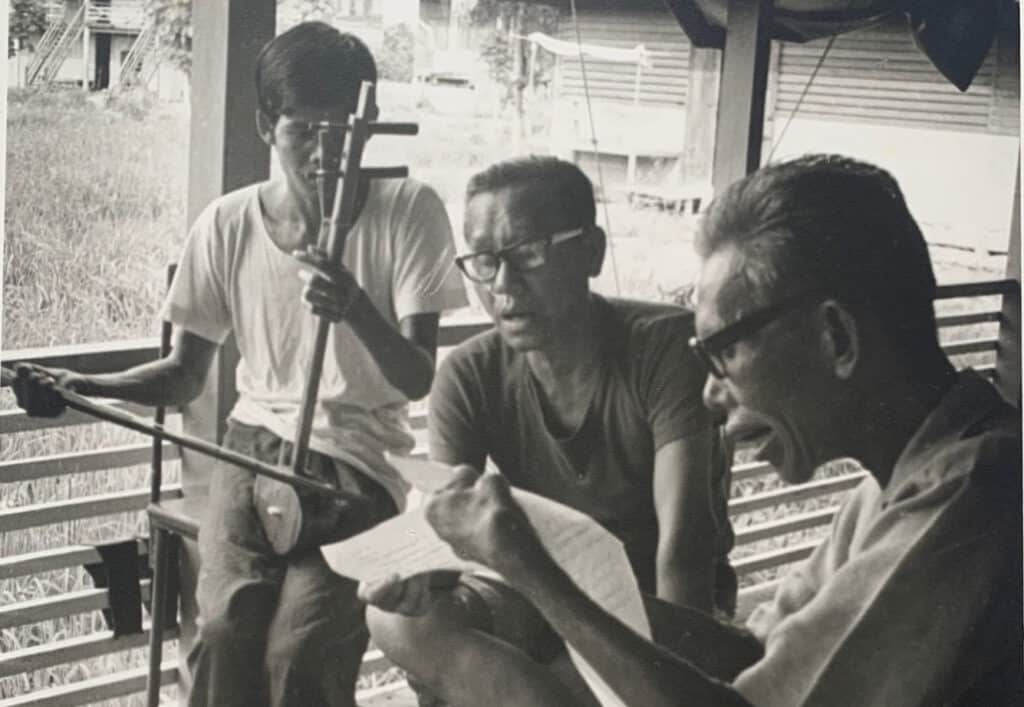Related Articles
What Language to Learn First
The ultimate purpose of cross-cultural missions is to communicate the gospel of Jesus Christ to the people in a culturally appropriate and contextually acceptable way.
Missionary Medicine in a Changing World
Medical doctors who respond to a missionary call are interested in more than just medicine. They have a clear and ultimate reason for joining a mission agency and going to the mission field: the salvation of all nations to the glory of God.
Missionary Medicine in a Changing World
Medical doctors who respond to a missionary call are interested in more than just medicine. They have a clear and ultimate reason for joining a mission agency and going to the mission field: the salvation of all nations to the glory of God.
Healthcare Missions: Past, Present, and Future
By Neil Thompson | Healthcare missions has a long history in Christianity, which continues to grow and develop. But how did it begin, how has it changed, and where is it going?
What Makes Mission Christian?
Although Christian mission may seem easily definable, there is a growing divide among evangelicals today regarding the fundamental meaning, role and purpose of this mission.

